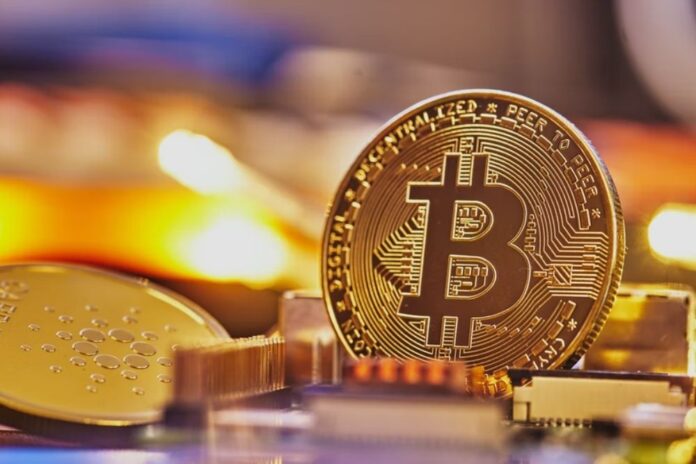To properly understand what Bitcoin halving is, there is a need to first understand what the Bitcoin network is all about. The Bitcoin network is a peer-to-peer (p2p) network of nodes that implement the Bitcoin protocol. The protocol itself is a public and decentralized ledger. The nodes verify that each new block added to the ledger follows the rules of the Bitcoin protocol.
Understanding Bitcoin Halving
The Bitcoin protocol periodically diminishes the number of new coins given to miners in a process called halving.
When the reward for mining new BTC is reduced by half, it is referred to as Bitcoin halving. This event occurs once every four years.
Bitcoin halving is a strategy put in place to control the supply of BTC, the largest cryptocurrency by market capitalization. Unlike fiat currencies, such as the US Dollar, which have no fixed supply. There will only ever be 21 million Bitcoin in existence. At press time, over 19 million bitcoins have been mined by miners, leaving under 2 million left to be minted.
Read Also: Popular Trader Updates XRP Price Outlook, Warns Investors on Current Bitcoin (BTC) Price Action
Records of Bitcoin Halving.
Bitcoin halving refers to an event when the amount of Bitcoins miners receive as a reward for processing transactions is cut in half.
Since the launch of Bitcoin, halving has occurred on three different occasions. The first halving occurred on November 28, 2012, the next halving took place on July 9, 2016, and the most recent halving was on May 20, 2020.
Effect of bitcoin halving on miners
The reward for mining Bitcoin drops in half each time halving occurs. When Bitcoin trading began in 2009, the reward for mining started out at 50 BTC per block. After the first halving in 2012, the reward for Bitcoin mining dropped to 25 BTC per block. The next halving occurred in 2016 and dropped the reward for mining to 12.5 BTC.
The last halving occurred in 2020 and it dropped the mining reward to 6.25 BTC. As of 2023, Bitcoin miners are rewarded with a sum of 6.25 BTC for any Bitcoin they successfully mine. When the next Bitcoin halving occurs in 2024, the size of the reward will fall to 3.125. The impact of halving will also reduce as the block reward approaches zero.
How Halving affects BTC price?
The essence of the halving code being written into Bitcoin’s mining algorithm is to counteract inflation. Each halving reduces the rate of inflation, causing the price of Bitcoin to rise accordingly.
After the first halving in 2012, the price of 1 BTC soared to $1,031.95 from $12 (over 8,500%) after a year. 526 days after the second BTC halving took place in 2016, the price of BTC spiked from $650.96 to $20,089.
When the third halving occurred in 2020, bitcoin was trading at around $8,787 at the time. 18 months later, Bitcoin hit a peak of around $66,000. So, it can be concluded that the price of bitcoin tends to rise after every halving event.
When is the next Bitcoin halving?
For every new 210,000 blocks added to the Bitcoin network, the reward for mining a block diminishes by half. It takes approximately four years to add that many blocks, so Bitcoin halving has been occurring at roughly four-year intervals. The first occurred in 2016 at block 210,000, the second halving occurred in 2020 at block 420,000, and the third occurred in 2020 at the number 630,000 block. The next halving, which is the fourth, is expected to occur in early 2024 at block 840,000.
Conclusion
Bitcoin halving is how the supply of the world’s largest cryptocurrency that enters circulation is regulated. It’s part of the system put in place to cap the total number of bitcoins at 21 million.
The reward bitcoin miners receive for verifying bitcoin transactions is reduced by 50% during halving, hence affecting the rate at which new bitcoin units are released into circulation. Notably, over 10.5 million BTC were mined within four years.
Follow us on Twitter, Facebook, Telegram, and Google News


